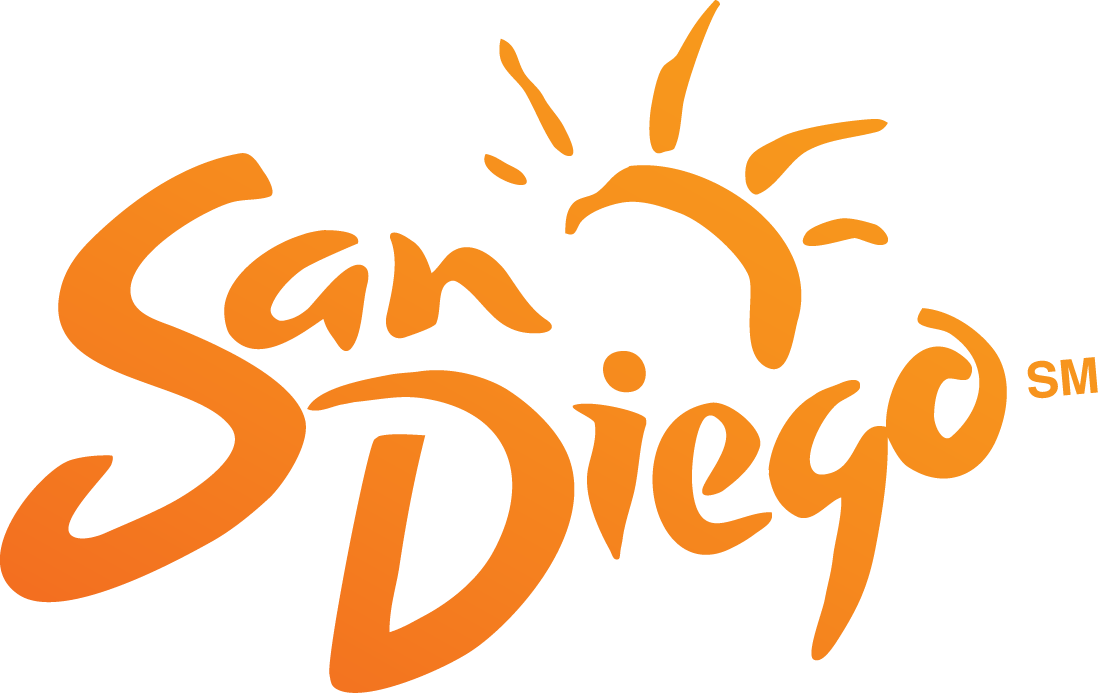San Diego's Japanese Friendship Garden: San-Kei-En

Uncover the Hidden Symbolism in the Rocks and Trees
The name of San Diego's Japanese Friendship Garden is San-Kei-En, which means "three-scene garden" in Japanese. It is named after the three scenic landscapes celebrated in Japanese culture: water, pastoral and mountain. You will see representations of all three in the garden's canyon. A group of carefully placed stones suggests a mountain landscape. A tiered and pruned black pine represents the pastoral. And water landscapes are found in the garden's dry streambeds and waterfalls.
The Japanese Friendship Garden is a serene, cherry-blossom-laden paradise in the middle of Balboa Park. To mark the park's Centennial celebration, the peaceful garden was greatly expanded in 2015. Now totaling a full 11 acres, one can meditate in the Zen garden or relax by the koi pond in the upper garden. Heading down into the canyon you’ll pass a nursery, tea garden and azalea grove, only to find waterfalls, wooden bridges and 160 cherry blossom trees along the way.
Here are some key features to note when you visit the garden:
Dragon Bridge
There are five bridges in the lower canyon. Each one is named for their surroundings. The 16-foot Dragon Bridge spans a serpentine-shaped dry waterfall and streambed. The serpentine dragon is a powerful symbol in East Asia that represents luck, fortune and longevity.
Stone Waterfall
Up the hill behind the Dragon Bridge is the stone waterfall. Dry waterfalls merely suggest the fall of water over the stones, all of which were meticulously placed by a master gardener. Stones are the backbone of a Japanese garden, similar to how flowers are the main feature in Western gardens. It takes years of expertise and practice to select and place rocks in a Japanese garden. The rocks in the Japanese Friendship Garden are native to Southern California and come in all sizes from 500 to 4,500 pounds.
Black Pine Trees
Throughout the garden, you'll see Japanese black pine trees that have been pruned and trained to grow their branches in horizontal layers or cloud patterns. If these trees were left to grow naturally, they would grow tall and straight like any other pine tree in nature. These incredible pine trees have been intentionally sculpted this way to give them a look of ancient gnarled trees.
Gardeners' Training Tools
You may also see some of the gardeners' training tools supporting or hanging from the branches, such as a bamboo splint and some twine. The splints provide pressure on the branches so they grow out straight and horizontal instead of up towards the sun. Training like this can take many years; some in the garden have been training for 35 years!
Cherry Blossom Groves
The cherry tree is a prominent symbol in Japan. It's an example of what's called "mono no aware," which means the sadness of things. This is because cherry trees only bloom for a couple of weeks a year. The Japanese believe there is beauty and sadness in what doesn't last. When the cherry trees bloom in the spring, celebrations and picnics are held under trees throughout Japan. San Diego has its own Cherry Blossom Festival at the Japanese Friendship Garden in late February or early March.
Shi-Shi Odoshi
As you wander along the path in the canyon, you'll come across a hollow bamboo pipe with water flowing into it, next to a large rock. This is called a Shi-Shi Odoshi, or a deer chaser. Water gathers in the bamboo. When it fills up, the bamboo tips over and makes a clunking sound when it hits the nearby rock.
Originally, this was a device used by farmers in their fields to scare away animals that ate their crops. But in order to truly startle the animals, there had to be a lapse between clunking sounds. If the clunks repeated one after another, animals would get used to it and stick around. The time it takes for the water to refill in the bamboo is long enough that the animals do not get used to the sound. They eat and eat, and all of a sudden, CLUNK! And off they run.
Symbolic Ponds
Notice all the large rocks in the ponds each has a purpose, and many are meant to symbolize parts of the natural world. A flat rock at the base of a waterfall is meant to symbolize a salmon fish hopping upstream. In the center of one pond lies a large rounder rock called a Kame Jima. Kame means turtle and Jima is island, hence Turtle Island. In Japan, turtles are a symbol of longevity. If you stand on the deck of the large pavilion, looking out across the moat, you'll see rocks along the edge of the water. These reference the rocky coast and cliff formations of La Jolla and Sunset Cliffs.
Everything has meaning in a Japanese garden, which is part of the reason why the experience is so special. Now that you have some tips to help interpret the landscape, go explore the much-expanded world of Balboa Park's Japanese Friendship Garden.
